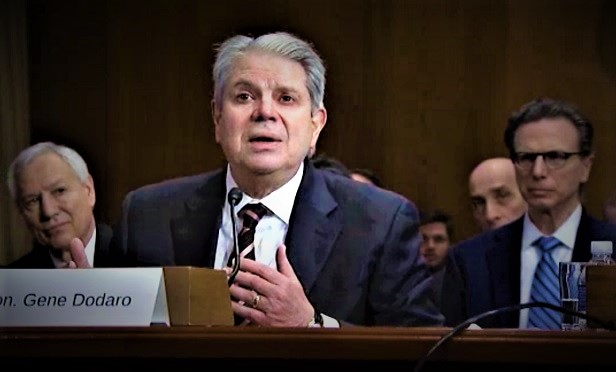

NOT FOR REPRINT
Insurers Are Competition for the PBGC: GAO Chief
By
Allison Bell
News February 07, 2019 at 12:20 PM
Share & Print

NOT FOR REPRINT
© 2025 ALM Global, LLC, All Rights Reserved. Request academic re-use from www.copyright.com. All other uses, submit a request to [email protected]. For more information visit Asset & Logo Licensing.





